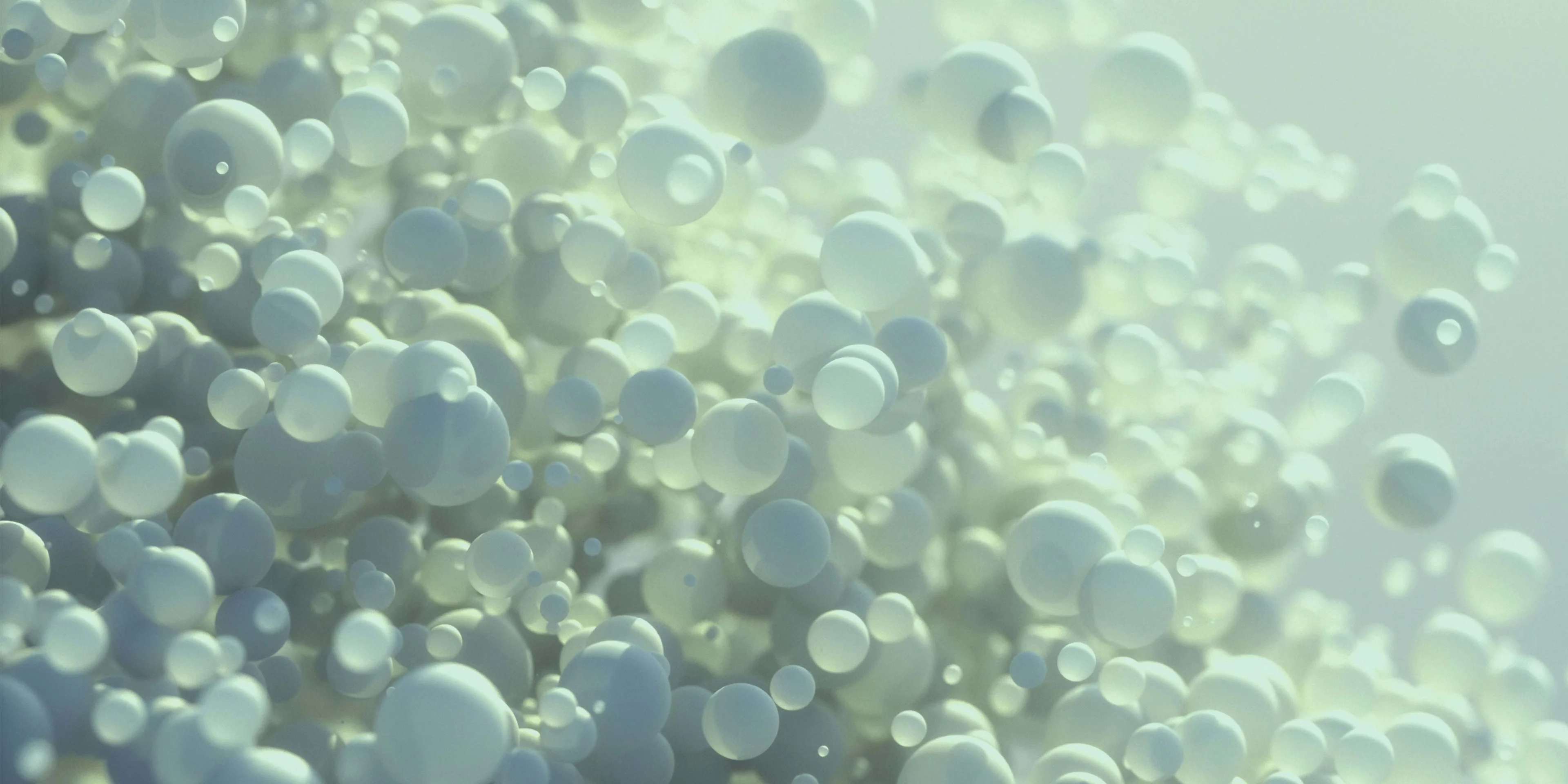
Plastics
4 minute read
Top three myths busted about renewable plastics
Plastics have a bad reputation from an environmental point of view – but new plastics feedstocks, such as those produced from renewable raw materials, are offering innovative, more sustainable solutions that remove fossil resources from the equation. Not only do they come with a reduced carbon footprint, but they are also on par with quality and easy to introduce.
“Most of the plastics that we have on the market are made of virgin crude oil,” says Maiju Helin, Head of Sustainability and Regulatory Transformation in Renewable Polymers and Chemicals business unit at Neste, a global leader in the production of renewable and circular feedstock for plastics.
With the global drive to cut back on fossil resources to mitigate the climate crisis, alternative methods of producing plastics are high up on the agenda. This puts the spotlight on renewable or bio-based plastics, which are produced with renewable resources. Such renewable raw materials may include waste and residue oils and fats, for example used cooking oil or remnants from food production processes.
Are renewable plastics a “greener” option?
To understand why fossil plastics are so unsustainable, we need to look at the big picture.
“When we are pumping virgin raw materials from our fossil reserves, we are bringing new carbon into the system, to the atmosphere and technosphere,” says Helin.
Reducing additional carbon entering the system is key to sustainable alternatives as any additional carbon from fossil sources increases the total amount of CO2 in the atmosphere when waste incineration is the end of life solution for a large part of materials containing plastic. And this is something renewable raw materials can help with as they are relying on renewable carbon sources, i.e. carbon already in the system.
In renewable or “bio-based” plastics, the carbon comes either partly or entirely from renewable sources, such as plants. “When biomass is grown, it absorbs CO2 from the atmosphere,” says Helin. “Hence, we have a more balanced footprint if we use this renewable carbon.“
Helin cautions that bio-based plastics aren’t an invitation to litter as they still need to be processed properly when they reach their end-of-life. The ideal end-of-life treatment would be recycling of course: that way, the carbon in the products is being used again and again, further reducing the need to tap into virgin fossil resources while also reducing the amount of CO2 released in the atmosphere.
What is the quality of renewable plastics?
There is no difference between plastics from renewable sources and plastics made from fossil resources when it comes to quality, durability or performance. They can be used for exactly the same applications, including even demanding ones such as medical equipment or products involving food contact.
Importantly, Helin points out that “from a quality point of view, you can’t differentiate whether a plastic is manufactured from virgin fossil or from renewable sources.” In other words, the quality is the same.
Is it difficult to switch from fossil plastics to renewables?
We have established that plastics based on sustainably sourced renewable raw materials are more sustainable, providing for example reduced carbon emissions compared to fossil plastics, while having the same quality - but what about the efforts required to make the switch from fossil to renewable?
The good thing is, once the renewable raw materials are processed into renewable feedstock for polymers, there is, chemically, no difference to fossil feedstock. This means, they can be processed in existing facilities and with the existing infrastructure. In fact, they can even be mixed with fossil feedstock to gradually ramp up their usage.
“It’s a drop-in solution,” says Helin. “When using it, you won’t see any difference to the fossil counterpart.”
And yet, from an environmental or climate perspective, the positive impact is huge; carbon emissions are reduced as well as our reliance on virgin fossil resources.
Helin concludes: “How costly would it be to continue with plastics made from fossil fuels? We can't afford to continue what we've been doing so far, can we.”
“Renewable” and “recycled” - what’s the difference?
At Neste, we differentiate between renewable and recycled. With “renewable”, we refer to feedstock we produce from bio-based raw materials, primarily waste and residue oils and fats from renewable origins. It can replace fossil feedstock, providing a significantly reduced carbon footprint for the polymer products made from it. With “recycled”, we are referring to feedstock we make from waste plastic. This can also replace fossil resources, and at the same time, offer a second life to plastic waste, contributing to reducing plastic pollution.
Credits:
Dr. Eva Amsen, a science writer and communicator whose work has appeared on Forbes, Nautilus and The Scientist. Twitter
